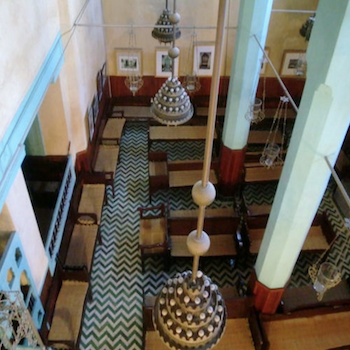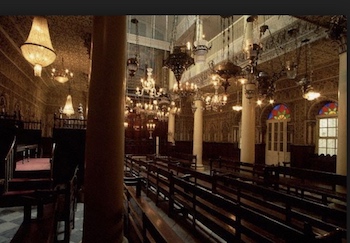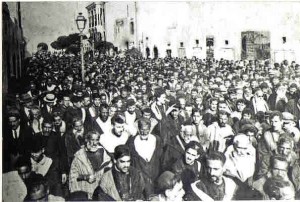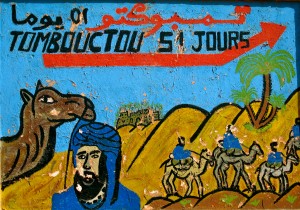Posts Tagged ‘Jewish Morocco’
Morocco is steeped in Jewish Heritage and Culture. The country has a remarkable history of Jewish life that sets it apart from other Muslim nations. If you are Jewish and interested in touring Morocco you are guaranteed to discover ancient traditions and old-world customs that have permeated Moroccan Jewish society…
Tangier the capital of the Tétouan Region has a rich Jewish history due to the historical presence of many civilizations and cultures that conquered this area from the 5th century BC. Visiting the Jewish Heritage sites of Tangier on a private…
Essaouira owes much of its past, present and future to its situation on a bay sheltered from the fierce trade winds of the Atlantic Ocean by an archipelago of small, rocky islands. Towards the end of the 18th century, Sultan Sidi Mohammed Ben…
There is a much-photographed sign in Zagora, in the spectacular Draa Valley in Morocco. Beside the image of a blue-swaddled desert nomad is written: “TOMBOUCTOU 52 JOURS.” The journey is considerably quicker today, but if you go by camel, it probably still takes…





